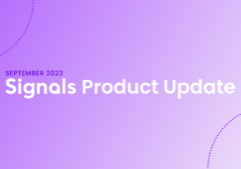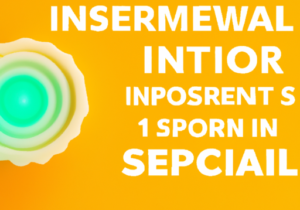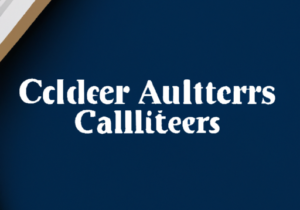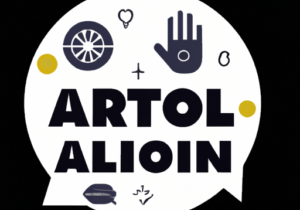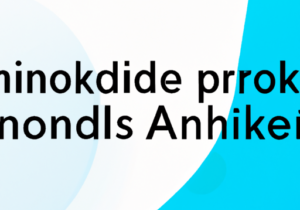So you’ve decided to implement chatbots! Good choice! But now what? Where do you start? Don’t know how to write the copy?
Define The Use Case
Well, you need to first define your use cases. You don’t want to just build out a bot, write the copy, and deploy it without knowing what problem in particular you want it to solve.
If you don’t establish a clear and concise use case, then the bot won’t be successful and you’ll be left thinking that bots aren’t for you. You need to design the bots to work for you!
Language of Bots
Once you’ve figured out what problem you want the bot to solve, then it’s time to focus on what the bot is going to say. In a recent podcast on Digital Conversations with Billy Bateman, guest Joti Balani brings up great points about how to maximize conversational A.I. She reminds us that “humans to humans don’t talk like humans to bots.” And it’s true. The language of the bot is unique, yet still conversational.
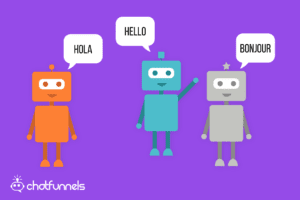
And how the bot “talks” will differ depending on who you’re targeting. Joti gives a great example about a luxury retail store to highlight this point:
- On the website of a high end retail store, you have a couple options for use cases. For example, the bot could target a young and fashionable trend setter or a guy trying to buy a gift for his wife. In both instances, the language and phrases the bot would use would be very different, right?
When designing your bots, know the terms of the industry and what phrases customers will use. The bot needs to speak their language.
Keep it Conversational
When deciding what the chatbot is going to say, think about how you talk over text and model it after that. It is proven to be more successful to keep the copy very casual and conversational.
People are more inclined to talk with a bot when it is like a texting conversation. Feel free to add in emojis! Keep in mind that each message the bot sends needs to be short and sweet. Users become impatient if the bot is saying too much.
Measure the Bot’s Success
Once you’ve designed and written the copy for the bot, it’s time to deploy it! Of course testing and iteration is crucial, but we won’t get into that here.
(To learn more about the importance of testing, click here!)
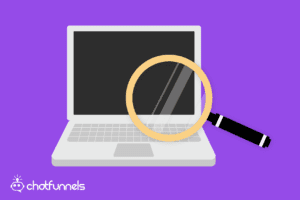
How do you know if a bot is successful? How do you really measure that success? To measure the success of your bot, pick a single metric. The metric will depend upon the bot’s use case. For example, you could measure meetings booked, emails captured, or opportunities generated, to name a few.
Overall, if you thoughtfully design and write the copy of the bot, you will see astronomical improvements in the success of your website!
READ MORE
Start seeing your Buyers' signals
Signals is helping companies automate, grow, and close sales pipeline with industry-leading predictive intent scoring, lead generation, and real-time engagement.









